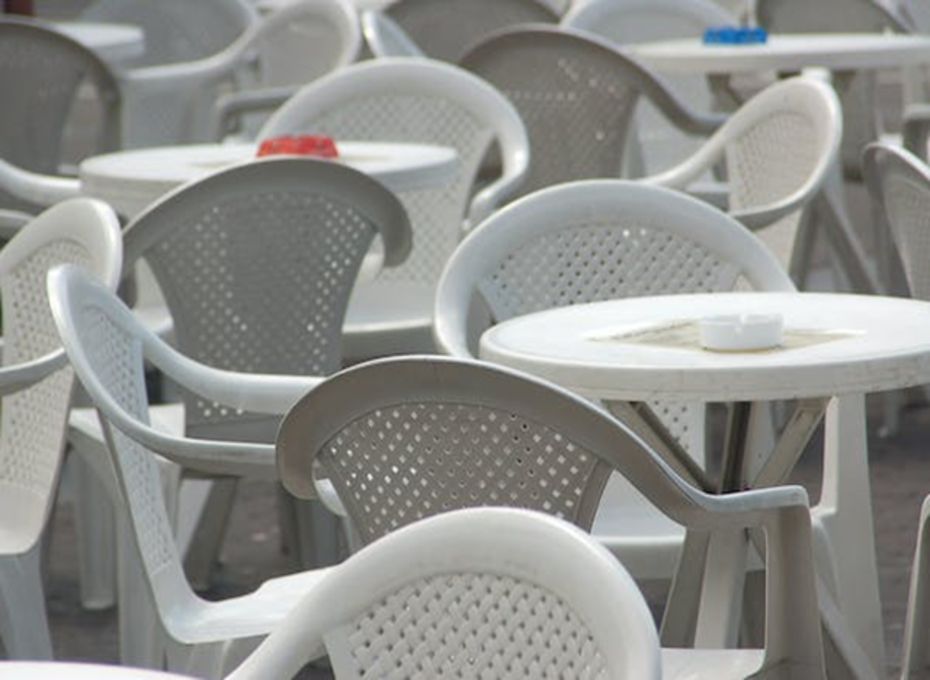Plastic chairs have become increasingly popular for domestic use due to their affordability. They are less expensive than other furniture varieties while maintaining the same level of sturdiness. The polymer does not shatter or distort readily since it is versatile in and of itself.
Molds and plastic items are made with great care for molded plastic chairs. They ensure that every product is safe regarding its design, use, and component makeup. They similarly make sure that raw materials are ready for processing and that the bucket molds work properly throughout production when it comes to manufacturing.
The Crucial Steps of Injection Molding Required for Making Plastic Chairs
Injection molding is a method of production that permits the mass manufacture of components. By injecting liquid components into a mold, it works. They often use a mass-production technique to produce thousands of identical things.
Injection molding is one of the several production processes now accessible for plastic buckets. High-pressure polyethylene breaks down via injection molding and extremely high temperatures. The injection molding technique produces a brilliant, flowing appearance, and the process is simple.
Four phases to split the plastic bucket injection manufacturing process:
- Filling
- Applying pressure
- Chilling
- Stripping
Services – Injection Molding Companies While Making Plastic Chairs
When creating plastic products and chair molds, businesses pay extra attention. They ensure that every item is safe regarding its design, usage, and component composition. Regarding manufacturing, they similarly ensure that materials are generated for processing and that the chair molds function well throughout production.
1. Design Of the Plastic Molds
The mold or die refers to the machinery used during molding to create plastic objects. Due to prohibitive manufacturing costs, injection molds were historically used only in large-scale production scenarios where thousands of components were produced.
Choosing a material for a mold is mostly a financial decision. Steel molds are more expensive to construct but may manufacture more components before breaking out, making up for the higher initial cost due to their superior dependability. For plastic infant products, smooth surfaces are required, and some, like toy molds, might have structural complexity.
2. CNC Machining
CNC refers to the process through which industrial tools and equipment are moved by pre-programmed computer software. Companies can produce components more quickly, with less waste, and with no possibility of human error. CNC machining makes it possible to finish three-dimensional slicing by carrying out a single set of instructions.
Batteries are required for every machine and for molding machines too. Similarly, to this, the effectiveness of a golf cart depends on its battery. A trustworthy golf cart battery supplier has the proper knowledge and expertise to know which battery suits the cart the best. These batteries are waterproof and dustproof to ensure smooth functioning.
3. Third Dimensional Printing
3D printing, with its unmatched design freedom and toolless process, is a crucial technology that fosters and drives innovation while reducing prohibitive costs and lead times. To avoid the necessity for installation, they manufacture pieces with complex geometry and delicate detailing without incurring any additional costs.
Building an object from a computer model in multiple thin slices of the material may produce an actual object via 3D printing. It converts a computer item’s CAD model into its physical shape by adding layers of materials. Experts use a multitude of techniques to 3D print an item.
4. Construction Of the Mold
Plastic molds are usually pre-hard or tough steel, aluminum, or beryllium-copper alloy. After machining, thermal annealing solid steel molds greatly improve their corrosion resistance and durability. Pre-hardened steel molds provide a more expensive and wear-resistant option for smaller numbers.
On the other hand, aluminum castings can be considerably less costly, but they are frequently inappropriate for items requiring fine geometric tolerances or high-volume manufacture. However, with careful planning and construction using computer numerical control, aluminum molds can produce tens of thousands of pieces at a reasonable cost (CNC).
While the construction process is on, several pieces of equipment require custom Teflon parts. Teflon is a very flexible substance that allows malleability so that the machine can operate satisfactorily.
5. Product Design
The process of creating, and perfecting things that meet certain market demands or take care of client concerns about product design. Effective product development depends on identifying the end-user client or the person.
Product designers attempt to address core difficulties for real people by using compassion and understanding their potential clients’ habits, attitudes, obstacles, requirements, and wants.

Benefits Of Injection Molding
Although injection molding has many uses in various sectors, including the industrial and medical sectors, it isn’t always the ideal option.
Injection molding is a popular choice among manufacturers for these reasons:
1. Wide Range of Materials
Based on the qualities your final product should have, you can choose from a wide variety of plastic components.
2. Complex Geometry
Companies use exceptionally high stress in applying and injecting to the molds. As a result, in comparison to conventional molding processes, the plastic one is more firm against the mold. This extraordinarily high pressure makes it feasible to incorporate a lot of intricacies into the part’s layout.
Conclusion
In the industrial sector, injection molding has many uses, notably for mass manufacturing multiple items at once. Tooling and molding may be expensive, but the later process like, manufacturing expenses are inexpensive. Injection molding is used to produce components out of varied materials because it permits the fabrication of almost similar parts.
An organized team of strategists, engineers, and business experts oversees each chair injection molding project at a corporation. This collaborative approach is essential for speedy turnaround times and continued client satisfaction.

